After writing an article about natural herbicides in the December issue of this newsletter, I was asked what I thought about the iron HEDTA (FeHEDTA) herbicides that recently came on the market. These are organically acceptable products believed to have minimal human health or environmental effects.
My first finding was it’s difficult to obtain herbicides with FeHEDTA in Southern California where I am based, but apparently products are easier to find in Northern California. Of the four nurseries I went to, I found only one that carried even a single product that contained FeHEDTA. The product I found was Whitney Farms Lawn Weed Killer (Scotts), although according to the California Department of Pesticide Regulation’s pesticide product database, there are four other registered products with the same active ingredient (Table 1).
Table 1. California Registered Herbicides containing FeHEDTA.
|
FORMULATION |
COMPANY |
NAME |
% OF ACTIVE INGREDIENT |
|
concentrate |
Bayer |
Bayer Advanced Natria Lawn Weed Control Concentrate |
26.5% |
|
concentrate |
Engage Agro |
Fiesta Turf Weed Killer |
26.5% |
|
concentrate |
Gardens Alive |
Iron-X Selective Weed Killer for Lawns |
26.5% |
|
ready to use |
Scotts |
Ortho Elementals Lawn Weed Killer |
1.5% |
|
ready to use |
Scotts |
Whitney Farms Lawn Weed Killer |
1.5% |
Various sources of information about FeHEDTA state it provides control or suppression of a number of common broadleaf lawn weeds (e.g., dandelion, English daisy, white clover, black medic, common chickweed, and broad-leaved plantain) but won’t injure grasses, making this a selective herbicide for use on lawns.
I did some of my own testing, although not a controlled study, on broadleaf plantain, dandelion, oxalis (creeping woodsorrel) (Figure 1a), and black medic in a tall fescue lawn and on weeds in concrete cracks. It took about one week for broadleaf plantain to die, and there was only foliar damage to black medic (Figure 2). However, both the oxalis and dandelion were showing injury within one day and were controlled in about three days. There was no turf injury.
Figure 1. Oxalis in tall fescue lawn treated with FeHEDTA, one week after treatment (a) and four weeks after treatment (b).
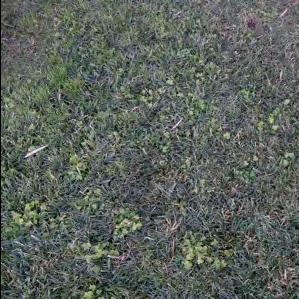
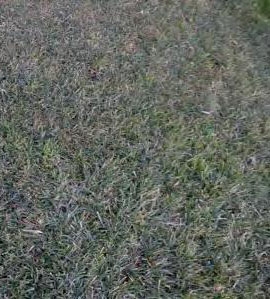
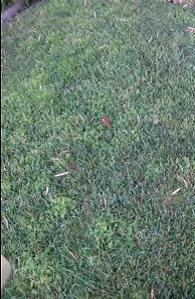

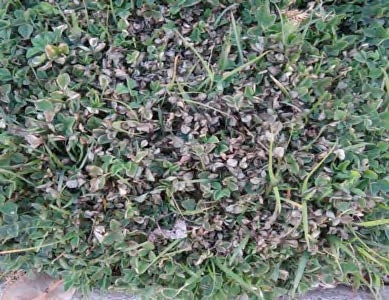
The product also provided good control of oxalis growing in cracks in concrete sidewalks and didn’t stain the sidewalk.
I found that there was no observable difference if the herbicide was applied in the sun or the shade. However, on some weed species, especially black medic, the herbicide didn’t adhere well to the leaf and beaded up, which could explain the lack of good control (Figure 3). More testing is needed to see if use of a surfactant could improve activity.
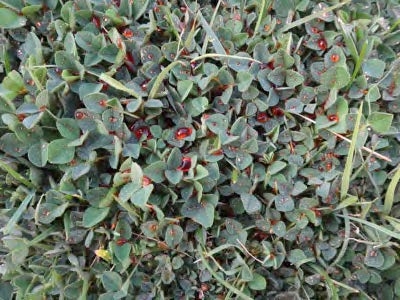
I do want to caution that there is no soil residual. The area I sprayed for oxalis had new plants, although not as many as the untreated section, within about a month after I did the treatment (Figure 1b).
Photos by C.A. Wilen, UC
Original source
Author - Area Integrated Pest Management Advisor - Emeritus